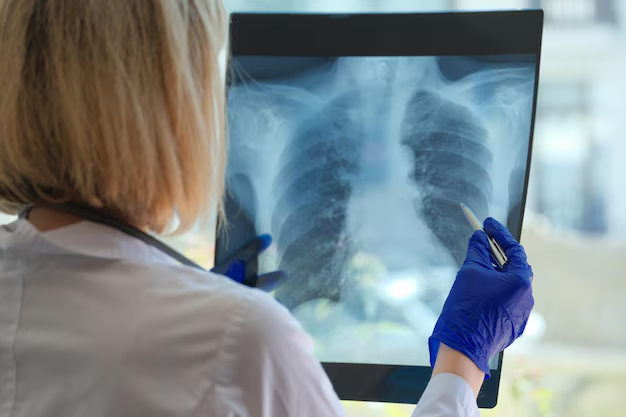Understanding the Symptoms of End-stage Pulmonary Hypertension
Pulmonary hypertension is a complex, progressive disease characterized by high blood pressure in the arteries of the lungs. As the condition advances to its end stage, symptoms become more pronounced, making daily life increasingly challenging. Recognizing these symptoms early can be crucial in managing the disease effectively and seeking the right support.
Severe Shortness of Breath
One of the most common and debilitating symptoms of end-stage pulmonary hypertension is severe shortness of breath. Patients often find themselves feeling breathless even at rest, and any physical activity can exacerbate the feeling significantly. This symptom not only affects the patient's physical health but also has a profound impact on mental well-being, often leading to anxiety and depression.
Fatigue and Weakness
As the heart struggles to pump blood efficiently, patients frequently experience intense fatigue and muscle weakness. This fatigue goes beyond normal tiredness and can severely limit the ability to perform even simple daily tasks. The exhaustion stems from the body’s need to work harder to oxygenate tissues, resulting in a constant feeling of being drained.
Chronic Cough and Chest Pain
A persistent, chronic cough accompanied by chest pain is another indicator of end-stage pulmonary hypertension. The pain is often described as a feeling of pressure or tightness and can be mistaken for other conditions such as heart disease. The cough, combined with chest discomfort, can disrupt sleep and diminish the quality of life.
Swelling in the Legs and Feet
Known as edema, this symptom occurs when excess fluid builds up in body tissues due to poor circulation. Swelling in the legs, ankles, and feet is common, and it can lead to discomfort and mobility issues. Patients might also notice a rapid increase in weight due to fluid retention.
Dizziness and Fainting
Due to the inadequate circulation of oxygen-rich blood, dizziness and fainting episodes may occur more frequently as pulmonary hypertension progresses. These incidents are particularly concerning as they can lead to falls and other injuries.
Palpitations and Heart Rhythms
Individuals may experience heart palpitations or notice irregular heart rhythms, as the strain on the heart increases. Feeling the heart pounding or fluttering can be particularly distressing and may signal worsening heart function.
Cyanosis
End-stage pulmonary hypertension can also lead to cyanosis, a condition characterized by bluish discoloration of the lips and skin, indicating poor oxygenation of the blood. This visible sign highlights the urgent need for medical attention.
Despite these challenges, it's important to remember that there are support systems available to help individuals cope with the disease’s progression. Understanding the symptoms enables better communication with healthcare providers and allows for effective management strategies to be implemented.
In parallel, being informed about financial aid programs and services can offer additional relief. Many families struggle with the financial burden of long-term healthcare, medication, and potential loss of income. Here are some resources that may help ease the load:
- 💲 Medicare and Medicaid: Federal programs that can help cover medical expenses for those eligible.
- 🏥 Nonprofit Health Organizations: Often provide grants or services for patients suffering from specific illnesses.
- 🏠 Housing Assistance Programs: Help manage rent or mortgage payments during financial strain due to medical conditions.
- 📚 Educational Grants: Available for children or dependents to ensure their education continues uninterrupted.
- 💳 Credit Card Relief Options: Some creditors offer deferred payment plans or lowered interest rates for those under acute financial distress.
- ♿ Medical Equipment Aid: Charitable organizations offering free or low-cost medical equipment necessary for daily living.
- 📞 Nationwide Helplines: Provide immediate assistance in connecting patients with local resources and support groups.
Navigating end-stage pulmonary hypertension requires comprehensive planning and support. By recognizing symptoms and utilizing available resources, patients and their families can improve quality of life and manage the condition’s demands more effectively.

Related Topics
- a 66 Year Old Female With a History Of Hypertension
- Are Eggs Bad For Hypertension
- Are Eggs Good For Hypertension
- Are Endocrine Disorders Causing Hypertension Rare
- Can Adderall Cause Hypertension
- Can Alcohol Cause Hypertension
- Can Allergies Cause Hypertension
- Can Anemci People Get Hypertension
- Can Anemia Cause Hypertension
- Can Antibiotics Cause Hypertension